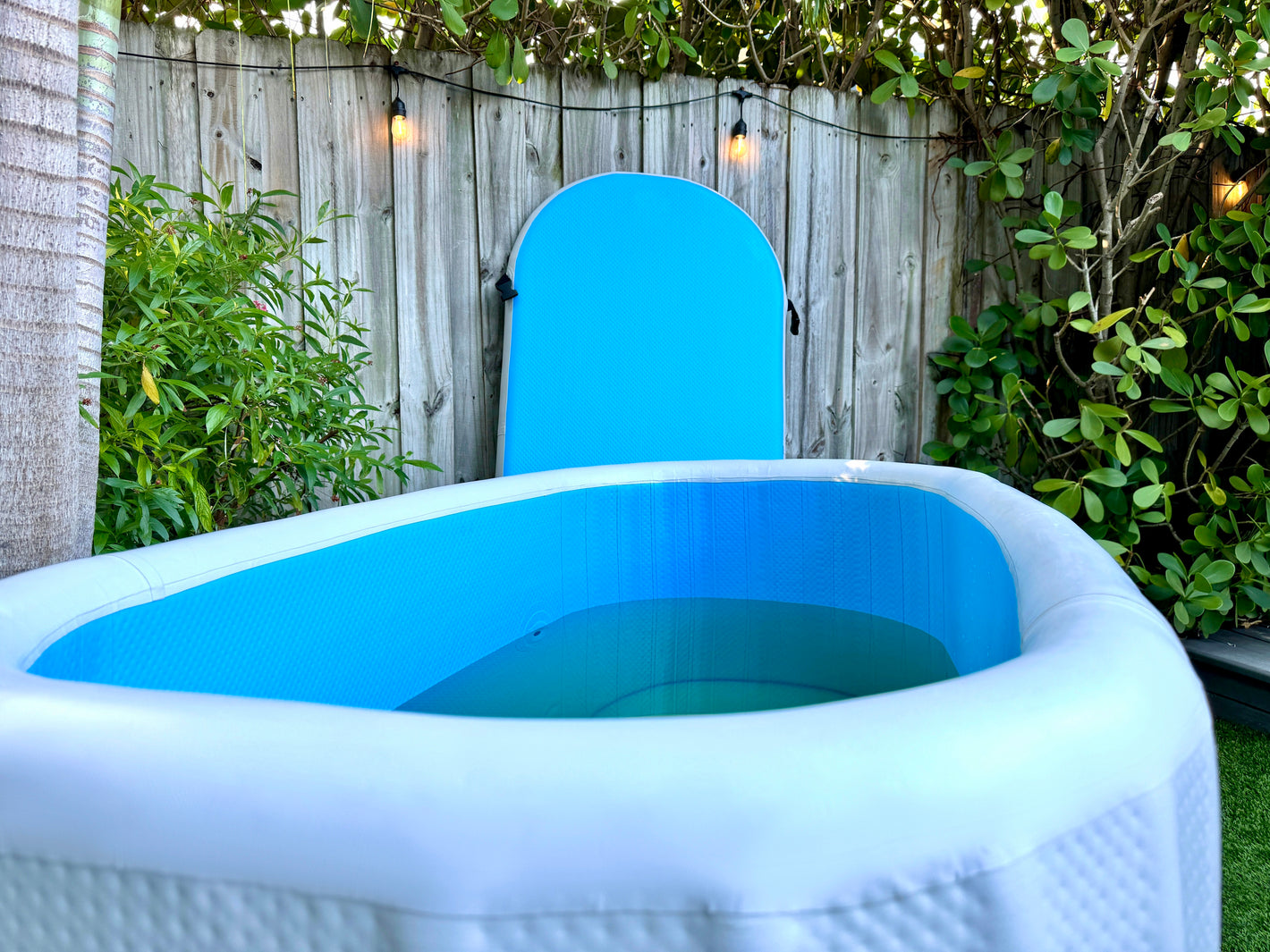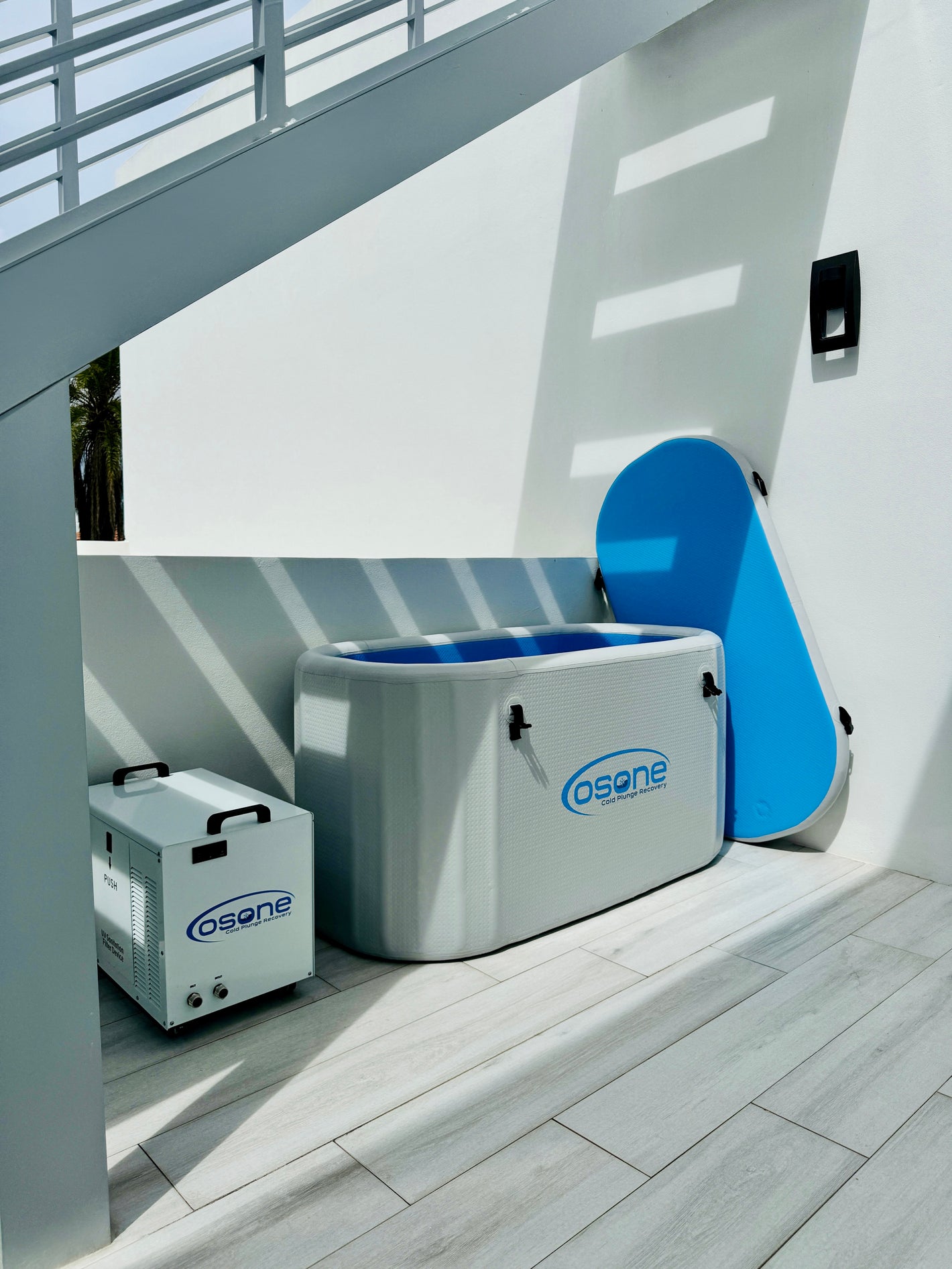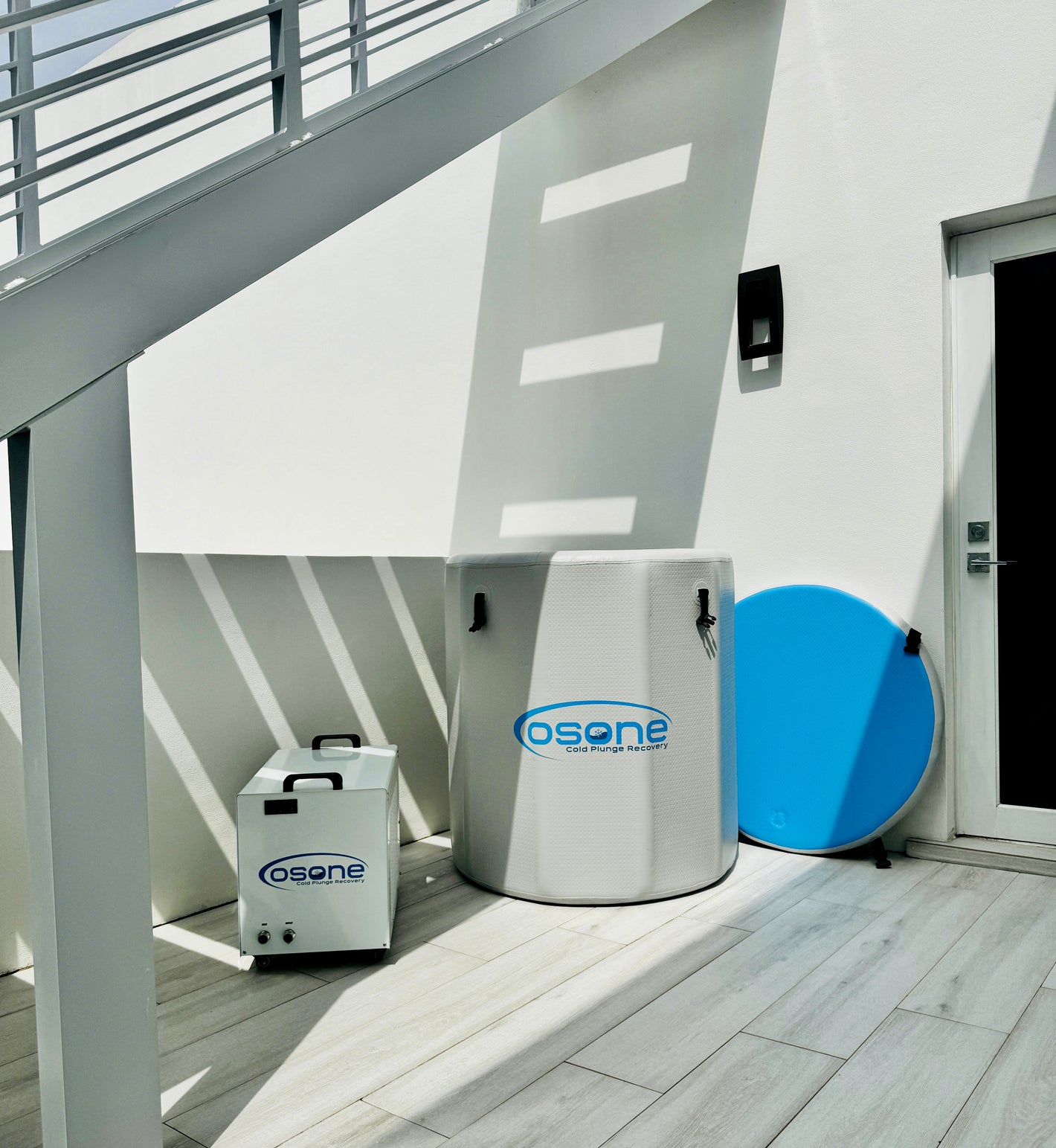Regional Temperature Overview:
Northeast
Avg. Monthly Water and Air Temperatures:
- January: Air: 20°F - 35°F; Water: 33°F - 39°F
- February: Air: 20°F - 35°F; Water: 32°F - 38°F
- March: Air: 30°F - 45°F; Water: 35°F - 45°F
- April: Air: 40°F - 60°F; Water: 40°F - 50°F
- October: Air: 40°F - 65°F; Water: 50°F - 60°F
- November: Air: 30°F - 50°F; Water: 40°F - 50°F
- December: Air: 20°F - 40°F; Water: 35°F - 45°F
Best Time to Cold Plunge: Jan, Feb, Mar, Apr, Oct, Nov, Dec
The Northeast provides the most ideal weather for natural cold plunging at 7 months out of the year. Areas like the Adirondacks in New York and the lakes of Vermont can provide cold water experiences, often dipping below 40°F during these months.
Northwest
Avg. Monthly Water and Air Temperatures:
- January: Air: 30°F - 50°F; Water: 35°F - 45°F
- February: Air: 30°F - 55°F; Water: 35°F - 46°F
- March: Air: 40°F - 60°F; Water: 40°F - 50°F
- April: Air: 45°F - 65°F; Water: 45°F - 55°F
- November: Air: 30°F - 55°F; Water: 45°F - 55°F
- December: Air: 30°F - 50°F; Water: 35°F - 45°F
Best Time to Cold Plunge: Jan, Feb, Mar, Apr, Nov, Dec
The numerous lakes and rivers in the Cascades, such as Lake Washington, often feature water temperatures ideal for cold plunging during these months. The Pacific Ocean is also a great place to embrace the cold half the year.
Southeast
Avg. Monthly Water and Air Temperatures:
- January: Air: 40°F - 60°F; Water: 50°F - 60°F
- February: Air: 40°F - 65°F; Water: 50°F - 62°F
- March: Air: 50°F - 70°F; Water: 55°F - 65°F
- December: Air: 40°F - 60°F; Water: 55°F - 65°F
Best Time to Cold Plunge: Jan, Feb, Mar, Dec
The colder rivers and streams in the Appalachian region, like the French Broad River in North Carolina, can provide an invigorating cold plunge experience.
Southwest
Avg. Monthly Water and Air Temperatures:
- January: Air: 40°F - 60°F; Water: 45°F - 55°F
- February: Air: 45°F - 65°F; Water: 50°F - 60°F
- December: Air: 40°F - 60°F; Water: 50°F - 60°F
Best Time to Cold Plunge: Jan, Feb, Dec
In places like the Grand Canyon or high elevation lakes in Arizona, water temperatures can dip low enough for effective cold plunges during these winter months.
Not near a natural body of water? Cold plunge solutions for the home.
If you’re not near a natural body of water or your local temperatures don't align with your cold plunging goals, consider setting up a cold plunge at home. Here’s how:
-
Purchase a Cold Plunge Tub: There are many options available for cold water immersion, from simple inflatable tubs click here, to more permanent installations.
-
Fill It with Water: Use a hose to fill your tub with water.
-
Let It Cool: If you can place the tub outdoors, the ambient temperature can help cool the water, especially during the evening hours. Alternatively, ice packs or bags of ice can be added to quickly lower the temperature for single use. For those looking for convenience and reoccurring cold plunging, invest in a chiller, click here.
-
Monitor the Temperature: Use a thermometer to check water temperature ideally in the range of 37°F to 59°F.
Cold plunging can be a revitalizing experience that enhances your physical and mental well-being. Understanding the temperature patterns across the United States will help you choose the best locations and months for this invigorating practice. Whether you’re near the icy rivers of the Northeast, the cool streams of the Southeast, the chilly lakes of the Northwest, or the desert canyons of the Southwest, there’s an opportunity for everyone to experience the benefits of cold plunging.
For those without easy access to cold water, investing in an at home cold plunge ensures that you can enjoy this invigorating practice year-round. Happy plunging!






